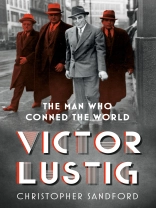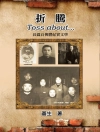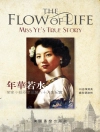The period after the First World War was a golden age for the confidence man. ‘A new kind of entrepreneur is stirring amongst us, ‘ The Times wrote in 1919. ‘He is prone to the most detestable tactics, and is a stranger to charity and public spirit. One may nonetheless note his acuity in separating others from their money.’ Enter Victor Lustig (not his real name). An Austro-Hungarian with a dark streak, by the age of 16 he had learned how to hustle at billiards and lay odds at the local racecourse. By 19 he had acquired a livid facial scar in an altercation with a jealous husband.
That blemish aside, he was a man of athletic good looks, with a taste for larceny and foreign intrigue. He spoke six languages and went under nearly as many aliases in the course of a continent-hopping life that also saw him act as a double (or possibly triple) agent. Along the way, he found time to dupe an impressive variety of banks and hotels on both sides of the Atlantic; to escape from no fewer than three supposedly impregnable prisons; and to swindle Al Capone out of thousands of dollars, while living to tell the tale. Undoubtedly the greatest of his hoaxes was the sale, to a wealthy but gullible Parisian scrap-metal dealer, of the Eiffel Tower in 1925.
In a narrative that thrills like a crime caper, best-selling biographer Christopher Sandford draws on newly released documents to tell the whole story of the greatest conman of the twentieth century.
Об авторе
CHRISTOPHER SANDFORD is a regular contributor to newspapers and magazines on both sides of the Atlantic. He has written numerous biographies of music, film and sports stars, as well as Union Jack, a bestselling book on John F. Kennedy’s special relationship with Great Britain described by the National Review as ‘political history of a high order – the Kennedy book to beat’. Born and raised in England, Christopher currently lives in Seattle.












